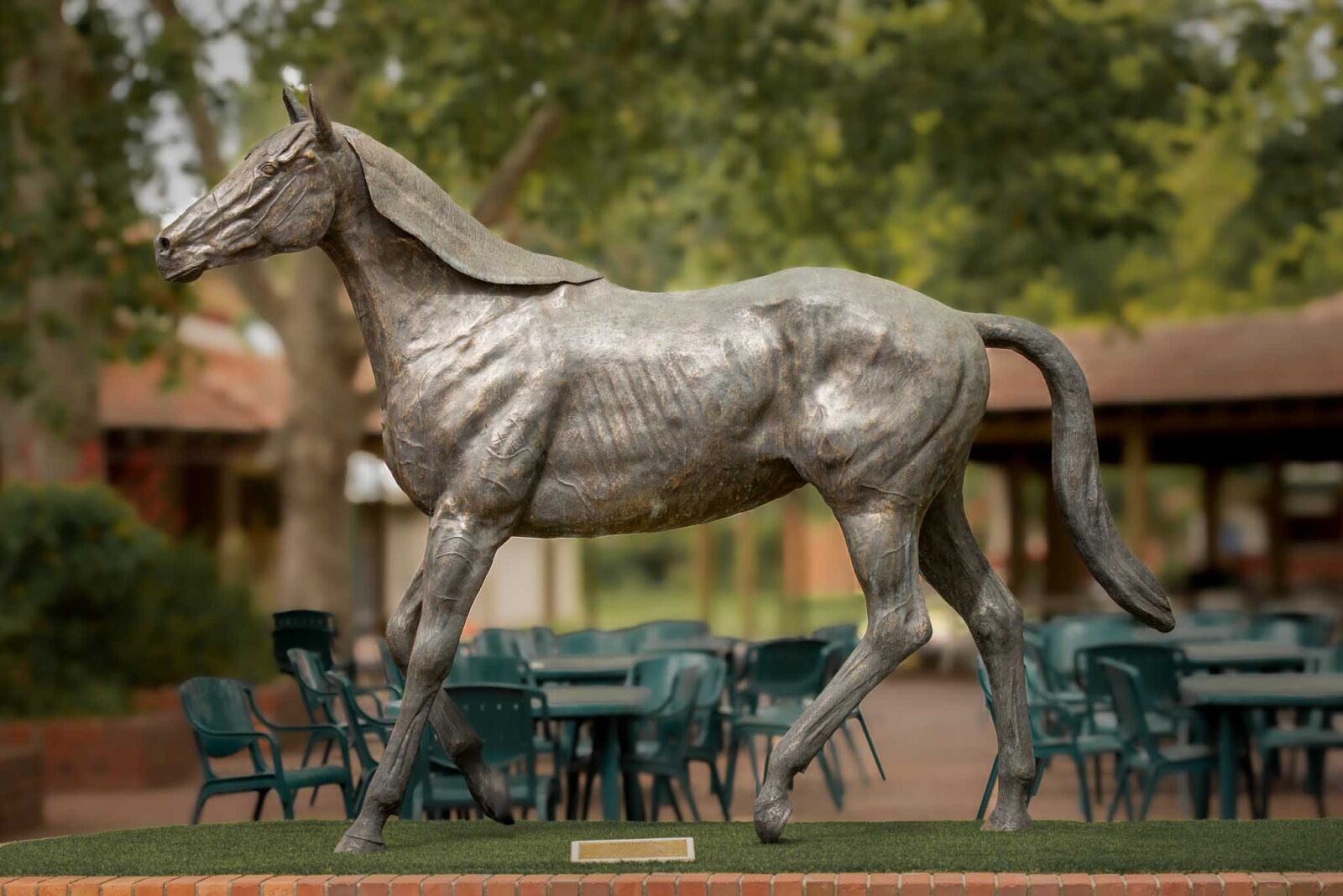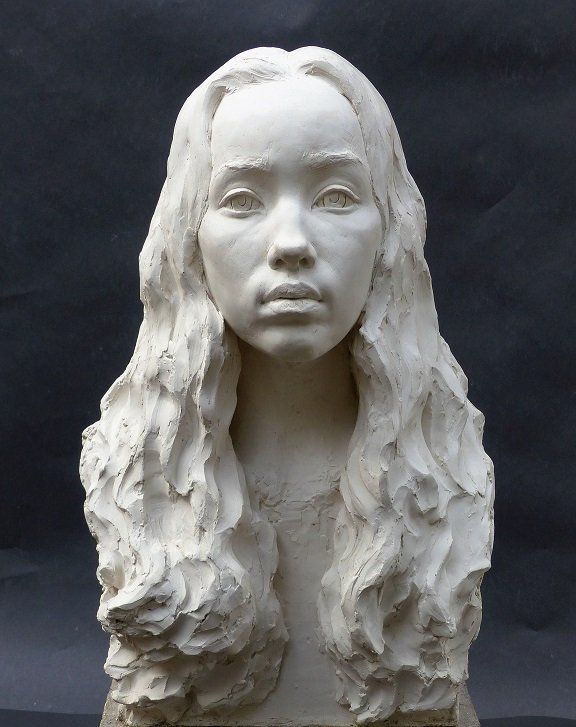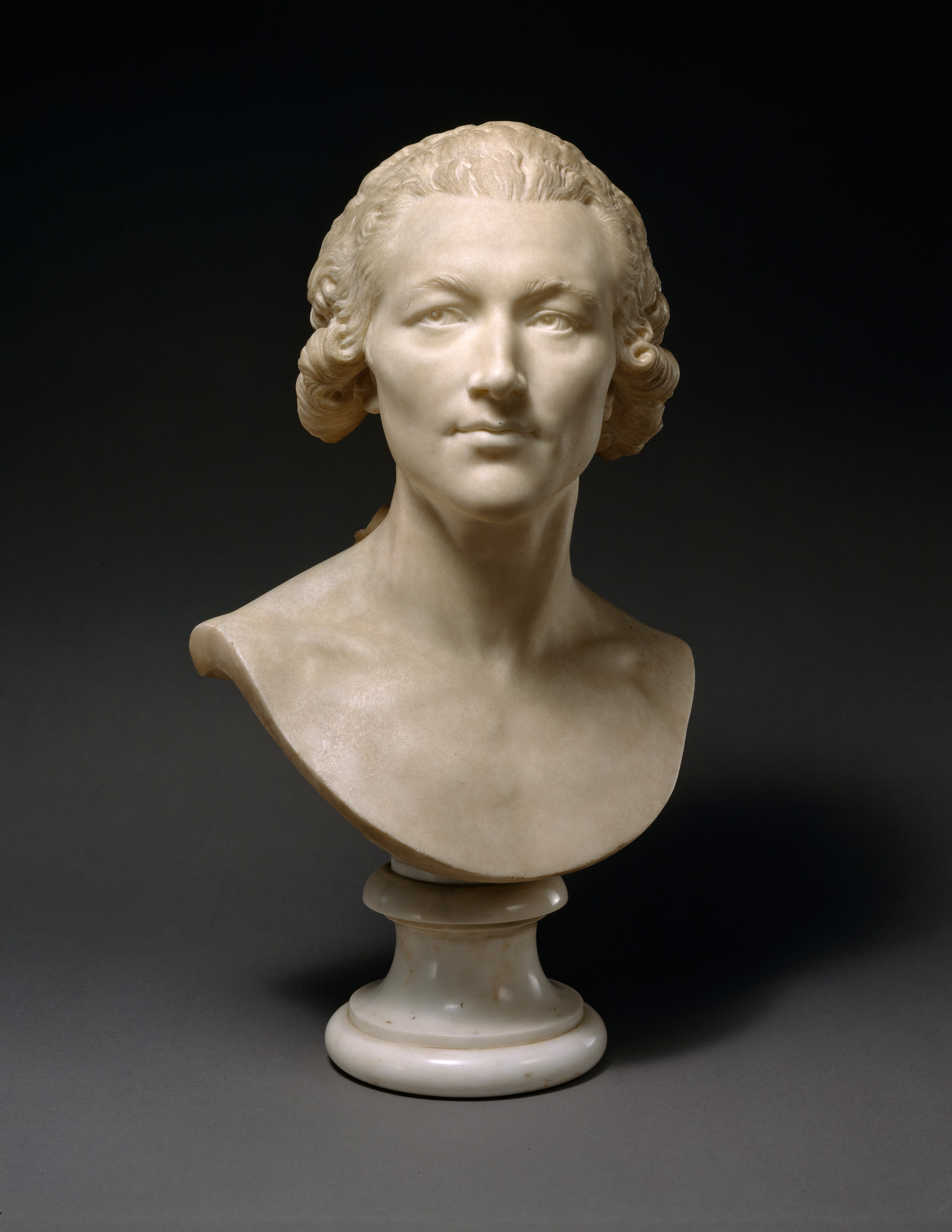Sculptures in Public Spaces: Enhancing the Urban Landscape
Sculptures in public areas have come to be an indispensable component of city landscapes, considerably improving the aesthetic allure and cultural identification of cities worldwide. Robert C Hitchcock Sculptor. These artistic setups bring a historic relevance, often reflecting the heritage and values of an area. Past their aesthetic value, sculptures also play a critical function in promoting community engagement and communication. They provide a centerpiece for public events, motivate conversations, and develop a sense of satisfaction and ownership amongst citizens. Sculptures have the power to transform or else dull and ordinary areas right into lively and vibrant environments, infusing creativity and imagination right into the metropolitan textile. As cities continue to advance, the farming of public art admiration ends up being increasingly essential in developing inclusive and livable city atmospheres.
Historical Significance of Sculptures in Urban Spaces
The historical significance of sculptures in city spaces is obvious, as they function as concrete representations of the cultural, social, and artistic heritage of a city. These sculptures not only improve the visual charm of the urban landscape however likewise supply a web link to the past, permitting people to connect with their history and roots.
Throughout history, sculptures have been utilized to honor crucial occasions, honor substantial people, and reveal the worths and suitables of a culture. From old human beings to modern-day times, sculptures have actually stood as long-lasting icons of power, elegance, and artistic expression. They act as a testament to the creative thinking and workmanship of the artists that developed them, in addition to the historic and social context in which they were created.
In enhancement to their aesthetic value, sculptures in urban spaces play an important function in educating and inspiring the public. Robert C Hitchcock Sculptor. They offer as outside galleries, allowing people to engage with art and background in a more accessible and interactive method. They trigger discussions, provoke thought, and motivate representation, adding to a better understanding and gratitude of the city's identification and heritage
Influence of Sculptures on Area Identity

Sculptures in public rooms dramatically form and mirror community identification. These imaginative productions have the power to catch the essence of a neighborhood, representing its values, history, and aspirations. By occupying famous settings in metropolitan landscapes, sculptures become symbols that reverberate with visitors and homeowners alike, working as a graph of a community's identification.
When a sculpture is set up in a public room, it comes to be a focal factor that draws people with each other. It develops a sense of place and satisfaction, promoting a collective identity amongst neighborhood members. The presence of sculptures can additionally influence the way individuals regard and engage with their surroundings, contributing to a favorable sense of belonging and add-on to the neighborhood.
Furthermore, sculptures can play a role in advertising multiculturalism and inclusivity. They can commemorate the various cultural histories and backgrounds of a community, highlighting the payments of numerous groups and cultivating a feeling of unity and understanding. Portrait Sculptor. Sculptures can work as powerful storytelling tools, communicating stories that reverberate with individuals from various walks of life
Encouraging Communication and Engagement Through Sculptures

One method sculptures promote interaction is via their capability to function as conference points or collecting areas. People naturally gravitate in the direction of these aesthetically striking landmarks, utilizing them as spots for rendezvous or rooms for spontaneous conversations. Sculptures also give a commonalities for conversation and dispute, as they commonly spark inquisitiveness and welcome interpretation. Passersby can engage in discussions about the definition behind the art work, fostering a feeling of community and common experience.
Additionally, sculptures can be interactive in nature, urging physical interaction and playfulness. Installments that permit people to touch, climb up, or communicate with them in some method give an unique possibility for individuals to proactively take part in the artwork and create their own experiences. This hands-on interaction not only boosts the link between individuals and the artwork but likewise cultivates a feeling of ownership and pride in the area.
Transforming Dull Spaces With Artistic Sculptures
By adding creative sculptures to or else dull areas, metropolitan areas are changed right into exciting and vivid environments. These sculptures bring life and character to plain areas, producing a feeling of intrigue and question for both homeowners and site visitors alike. The presence of art in public areas has the power to uplift and inspire, promoting a deeper link in between people and their environments.

Furthermore, the placement of sculptures in public areas can additionally function as a catalyst for revitalizing entire neighborhoods. As people are drawn to these art setups, foot web traffic boosts, services thrive, and areas grow. The visibility of sculptures develops a feeling of satisfaction and ownership among residents, fostering a greater feeling of community and belonging.

Growing Appreciation for Public Art in Urban Atmospheres
One way to promote a deeper recognition for public art in city atmospheres is by engaging the community in interactive experiences. By developing opportunities for individuals to actively join the imaginative process, they can create a greater understanding and link to the look at this website art that surrounds them.
One reliable approach of cultivating appreciation for public art is with area art tasks. Contemporary Sculptures. These projects entail regional homeowners in the development of public art installments, enabling them to contribute their abilities and ideas to the artwork. This not just infuses a feeling of ownership and pride in the neighborhood, yet additionally encourages individuals to watch public art as a reflection of their own society and identification
One more strategy is to organize assisted art trips or workshops that offer understanding into the significance and context of the public art items. These experiences can be led by artists, managers, or art historians who can share their understanding and know-how with the participants. By understanding the history and significance of the artworks, individuals are most likely to establish a much deeper recognition for them.
Additionally, integrating modern technology into the experience can boost the appreciation for public art. For example, creating increased reality applications or interactive installments that allow individuals to engage with the art in ingenious means can stimulate inquisitiveness and enjoyment.
Conclusion
In final thought, sculptures in public rooms play a substantial duty in enhancing the urban landscape. These sculptures are vital components in shaping the aesthetic appeals and character of a city.
Sculptures in public areas have become an indispensable part of city landscapes, significantly boosting the aesthetic appeal and cultural identity of cities around the globe.In enhancement to their aesthetic value, sculptures in city rooms play a vital function in educating and motivating the public.Sculptures in public spaces significantly form and show neighborhood identity. By integrating sculptures into public spaces, cities can grow a society of creativity and technology, inspiring future generations to discover and appreciate the arts.
In conclusion, sculptures in public rooms play a considerable function in improving the urban landscape.